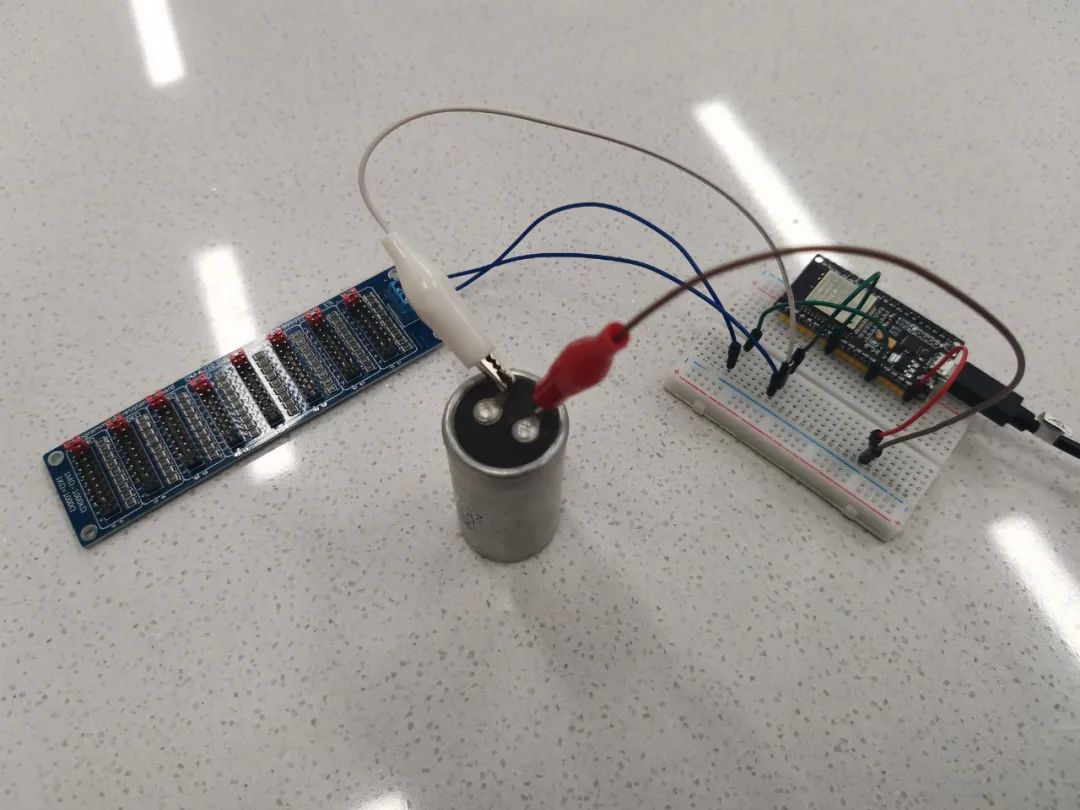
Recently, I used the ESP32 and Phyphox to depict the capacitor’s charging current image and discovered a strange flat top phenomenon in the current image. This flat top phenomenon does not match the shape of the charging current image in practice, making it difficult to provide a reasonable explanation to the students. This issue must be resolved; otherwise, this experiment cannot be presented in class.
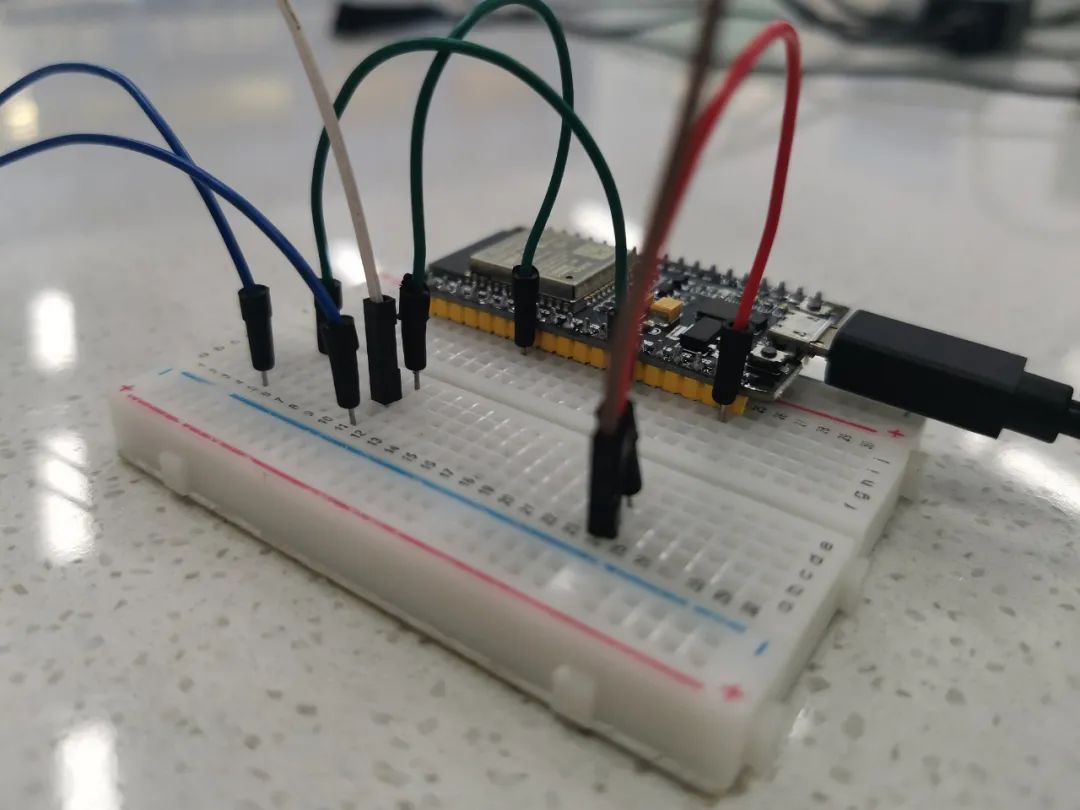
The circuit causing flat top
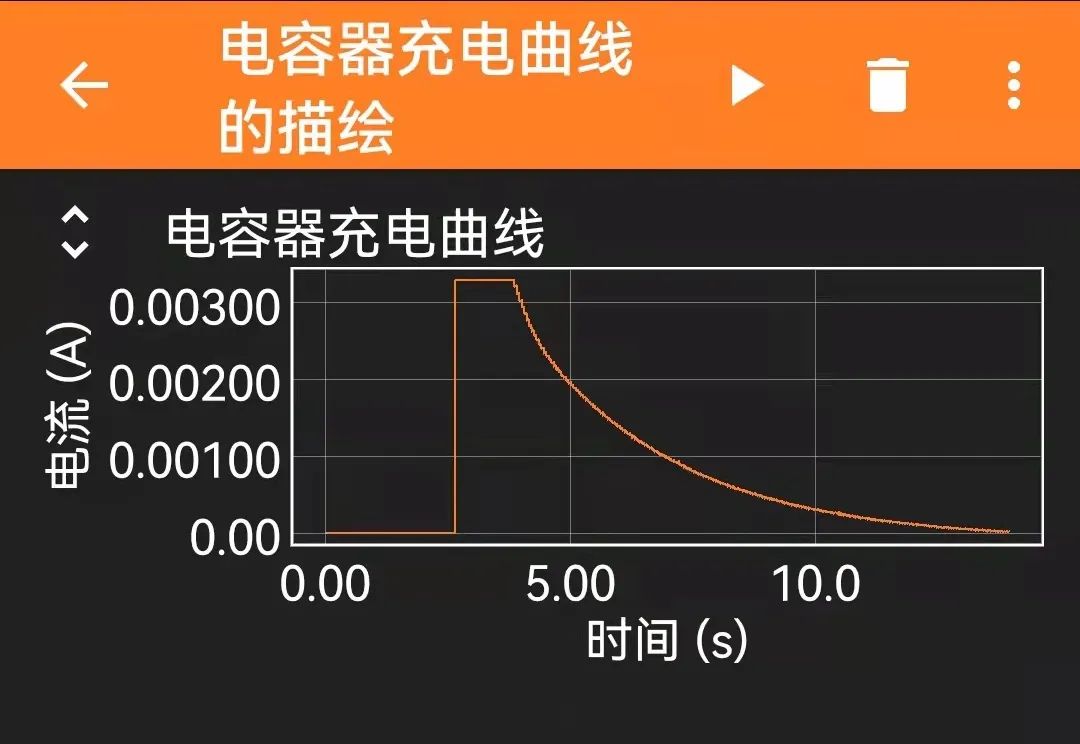
Flat top in the capacitor charging current image
Initially, I thought it was due to the ESP32’s slow response or the smartphone’s operating speed being slow; however, after multiple repeated tests, I found that this was not the case.
I carefully analyzed the reasons for the flat top appearing in the capacitor’s charging current image and discovered that it was caused by the charging voltage of the capacitor exceeding the measurement range of the ESP32.
Seeing that the ESP32 also has a built-in 3.3V power supply, I conducted an experiment using the 3.3V power supply and found that the flat top in the capacitor’s charging current image miraculously disappeared.
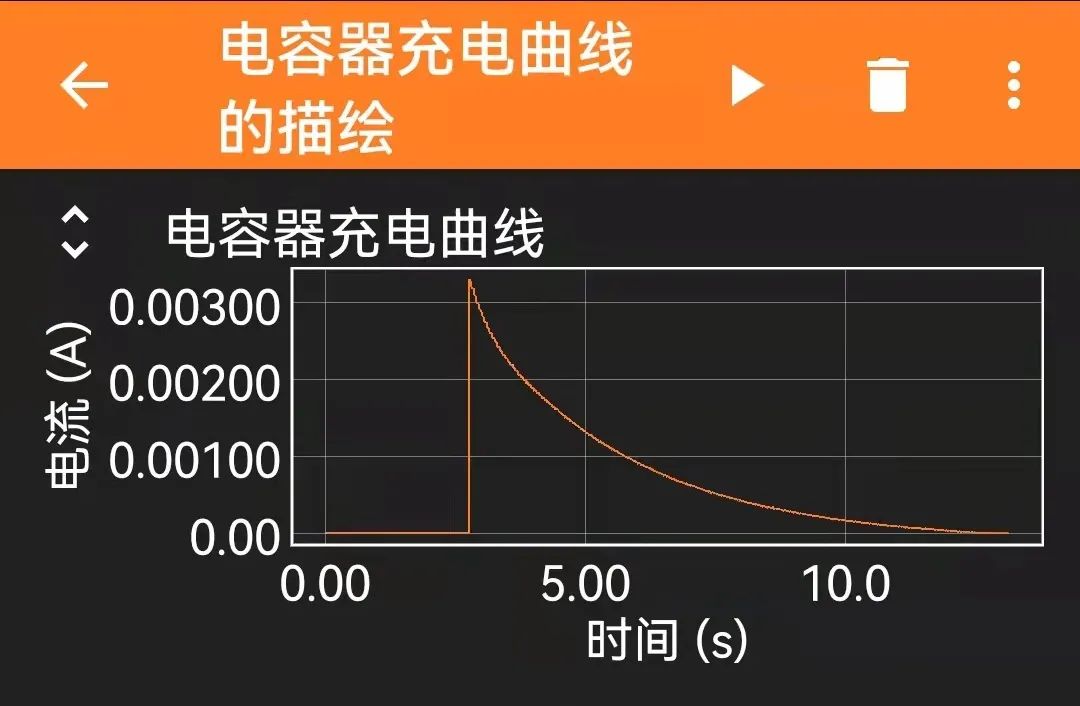
Capacitor charging current image
During the experiment, I used the 5V power supply from the ESP32 for the capacitor’s charging power supply, while the ESP32’s maximum measurement range is 3.3V, outputting 3.3V when exceeding 3.3V.
As long as the power supply voltage for charging the capacitor does not exceed 3.3V, the flat top phenomenon in the capacitor’s charging current image will not occur.
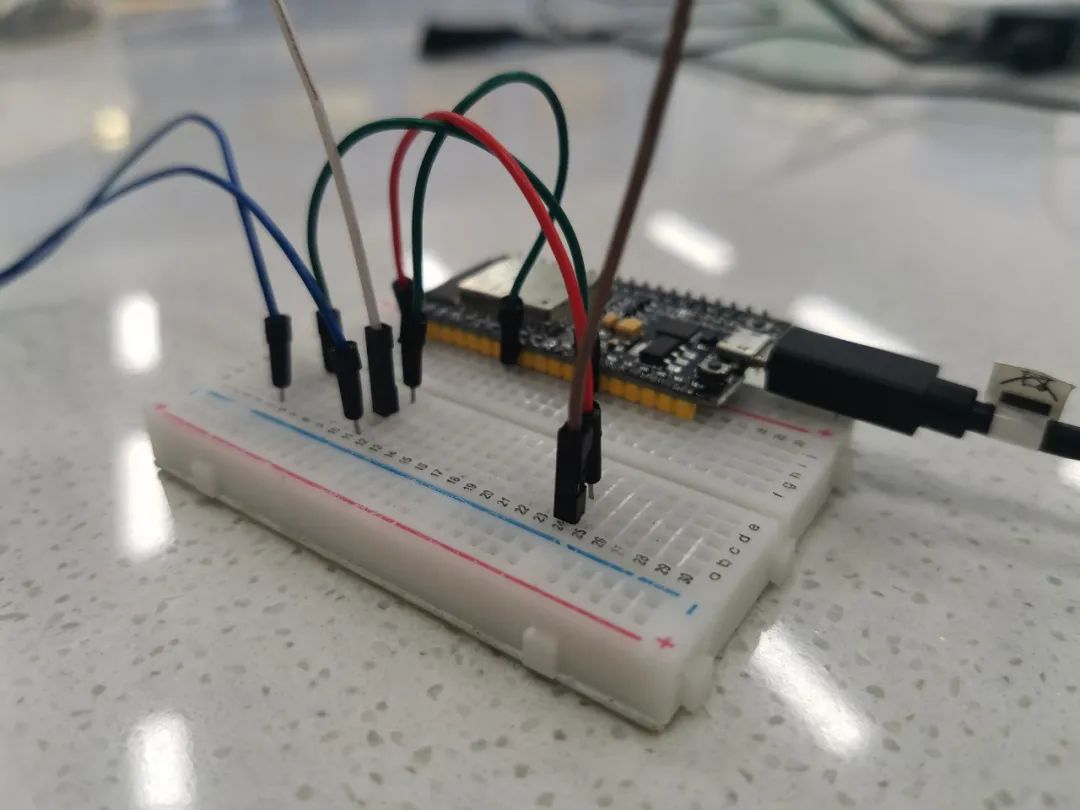
Eliminating the flat top circuit
Therefore, in similar experiments, it should be ensured that the power supply voltage does not exceed 3.3V.
If the power supply voltage exceeds 3.3V, the part exceeding 3.3V will output 3.3V, resulting in a flat top phenomenon in the depicted image, and the conclusions drawn will not match reality.
To ensure the reliability of the experiment, the power supply voltage should be controlled within 3.3V to ensure the reliability of the ESP32’s voltage measurement.